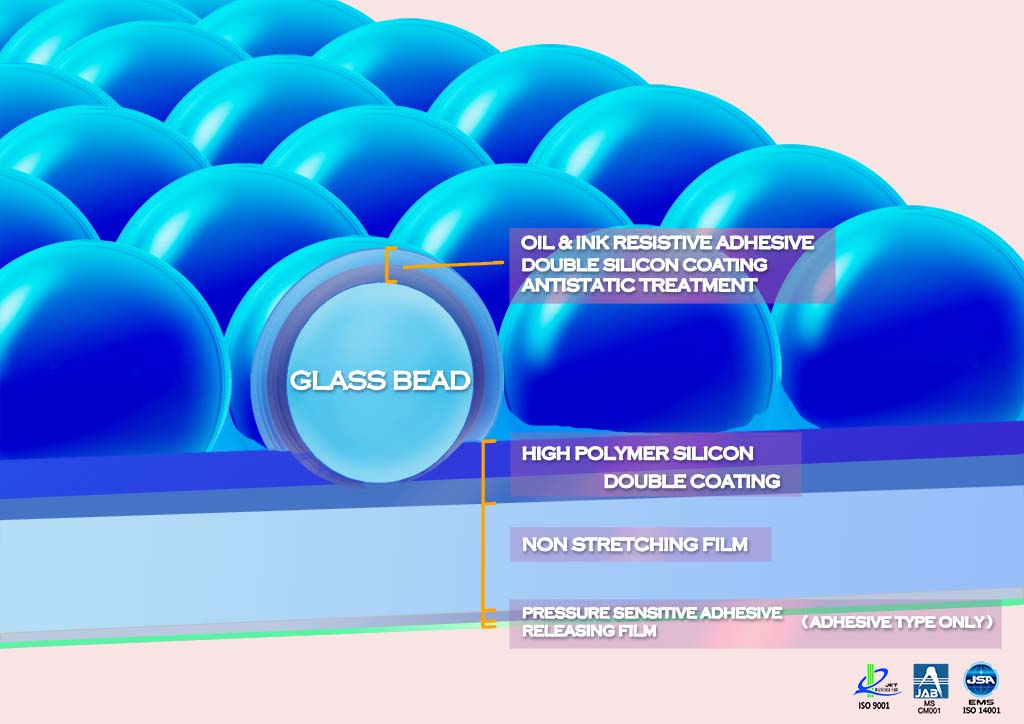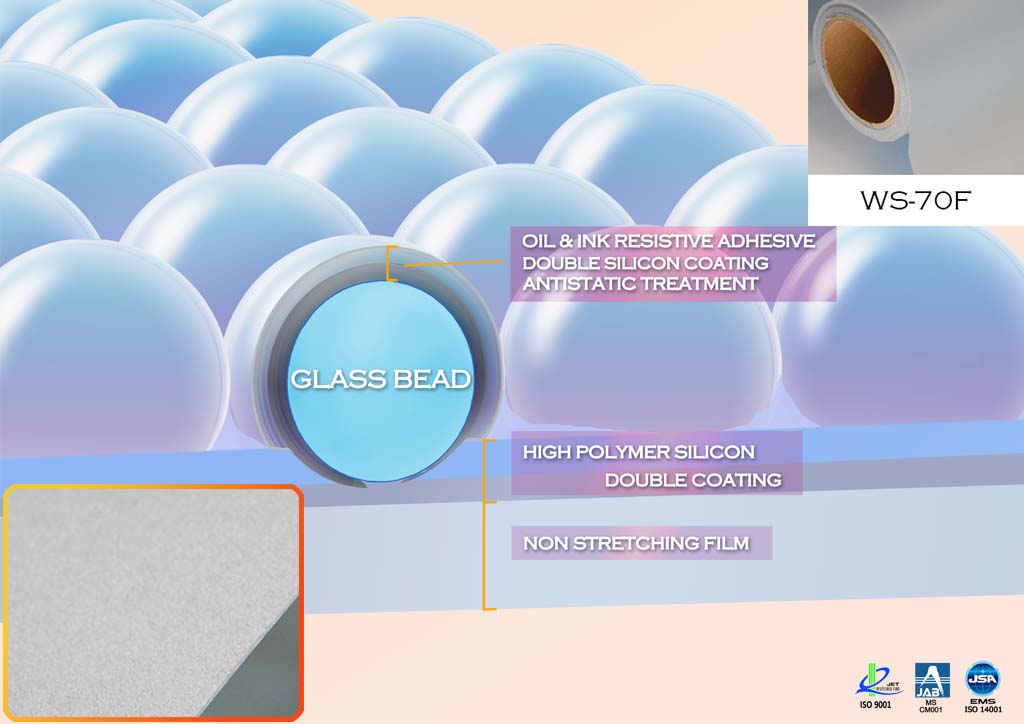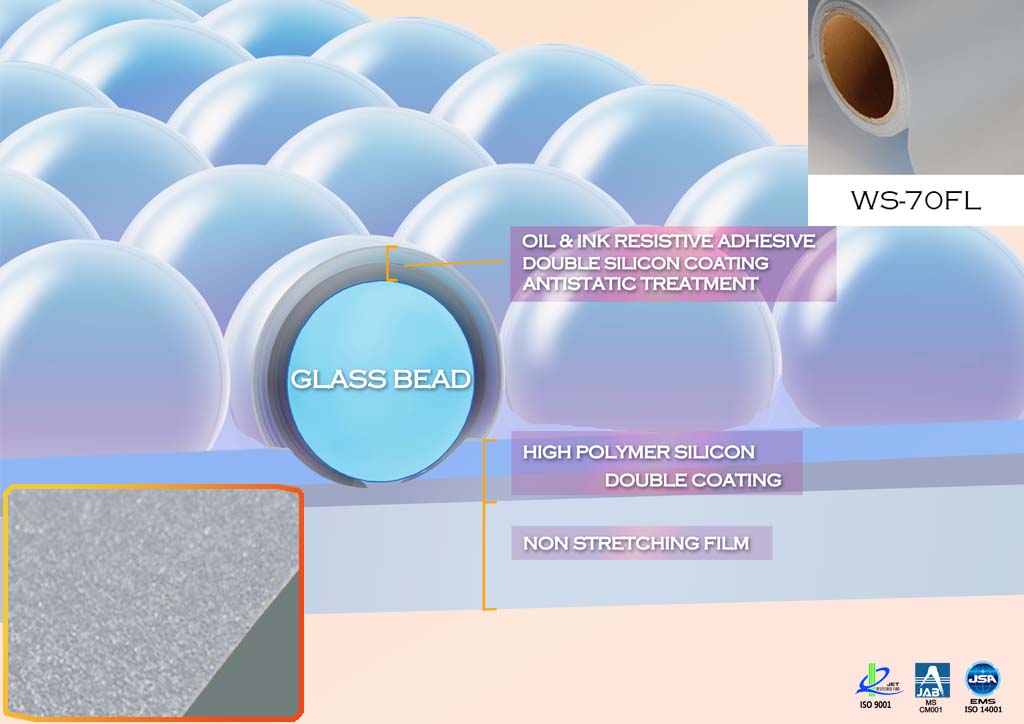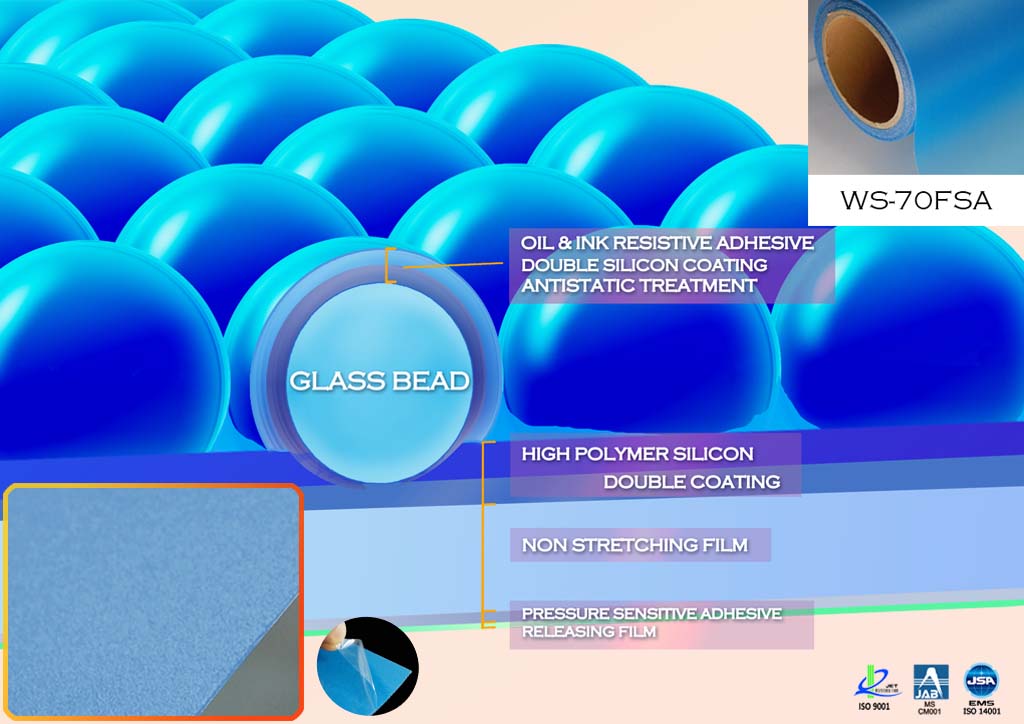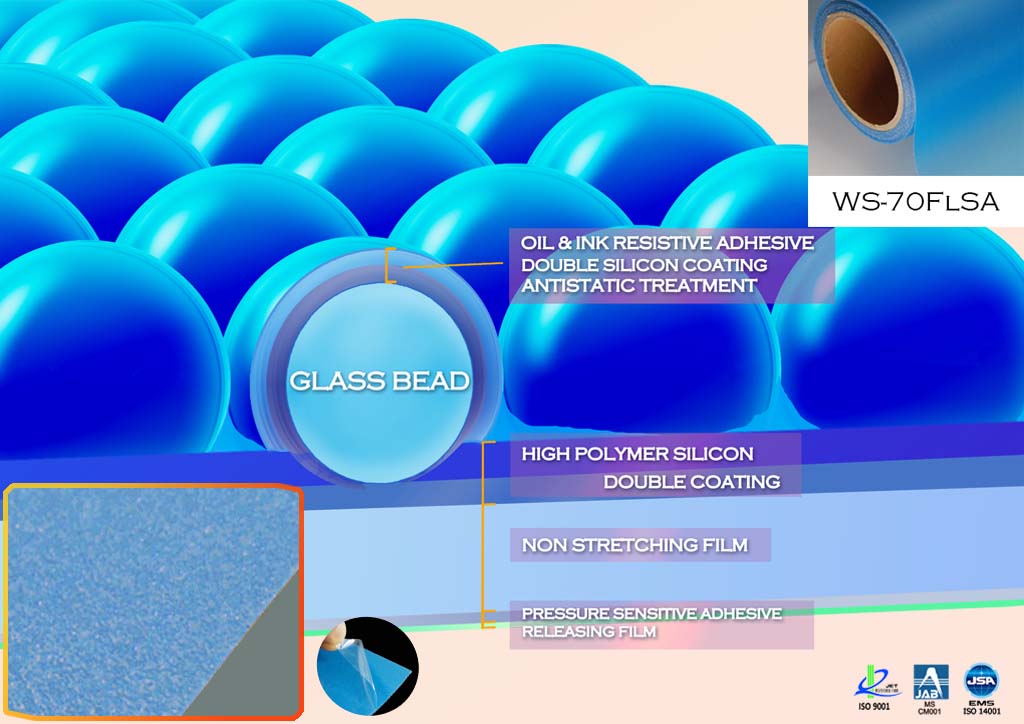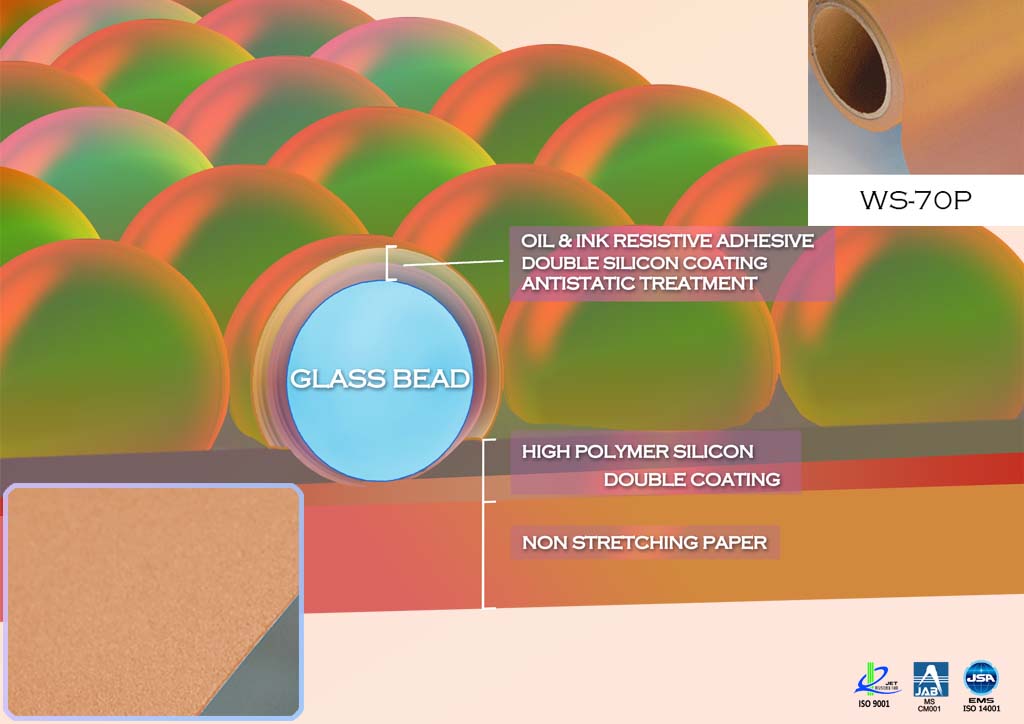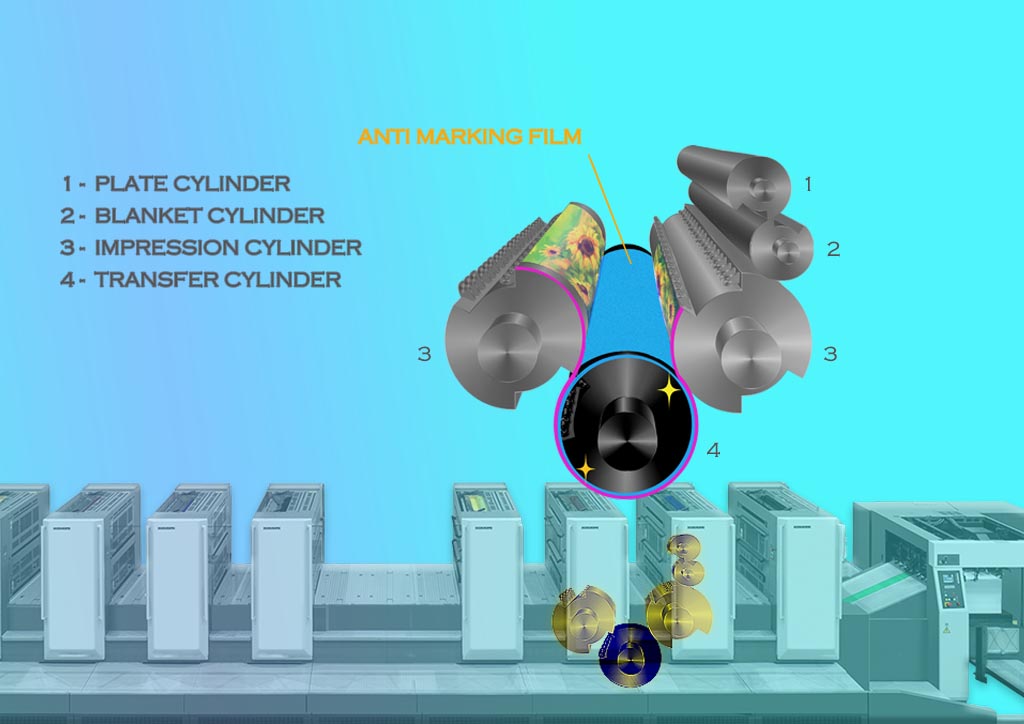Anti-Marking Film
Made in Japan
For Sheet-fed Press
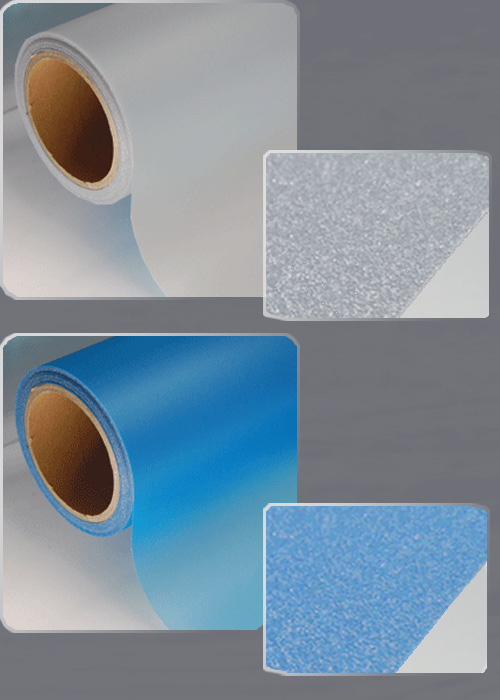
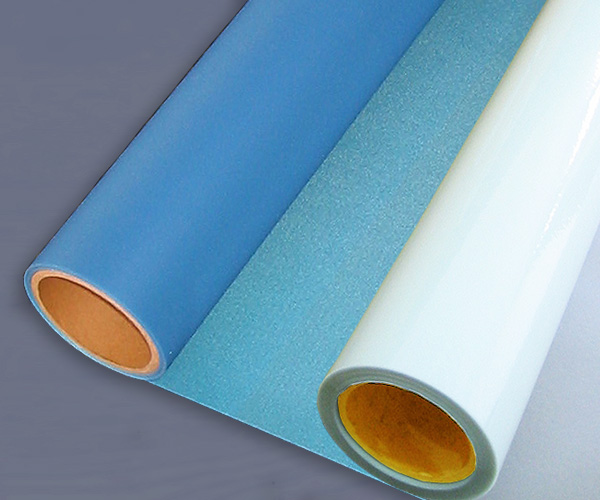
Anti-Marking Film
Made in Japan


For Sheet-fed Press
Product Features
- OHDEN original manufactured at partner factory in Japan
- ISO 9001 certified continuous controlled high quality products
- ISO 14001 certified continuous environmental consideration
- Regularly embedded glass beads with uniform particles
- High thickness accuracy, no stretching or wrinkling
- Excellent oil resistance, Antistatic and Washability

Original Anti-Marking Film
- Japanese coating technology certified by ISO9001 quality control
- Double coating treatment firmly ensure ink and oil resistance.
- It firmly repels ink and releases clean printed paper without markings.
- Antistatic coating prevents static buildup on printed paper.
- Available with or without adhesive on the backing.
- Available providing label-free anti-marking film and offering OEM distribution globally.
product style
Adaptable sheet-fed presses











Maximize Results with Japanese tech
Antistatic
Silicone-coated glass particles with antistatic effect prevent static electricity, reducing paper misalignment at delivery.
Run the press at higher speed without marking & paperjam
Silicone-coated glass particles with oil resistance reduce inked paper contact, ensuring smooth feeding and preventing rubbing/scratches and other defects from occurring on the printed surface.
Minimize down time due to cleaning the press cylinders
Prevents ink from accumulating on the transfer cylinder and saves time and effort in cleaning the transfer cylinder.
What Is Anti-Marking Film?
Anti-marking film is a specialized material used in sheet-fed printing machines to prevent marking or smudging on printed sheets. It is affixed to the transfer cylinder.
Sheet-fed printing machines print on individual sheets of paper or other substrates, one at a time, rather than on a continuous roll of paper. During the printing process, sheets of paper can pick up ink or other substances from the printing press, causing marks or smudges on the printed image.
Anti-marking film is a thin, durable material that is applied to the surface of the printing press to help prevent this from happening.
What Benefits Do Printing Press Material Distributors Gain From Handling Anti-Marking Film?
Increased Sales
By offering anti-marking film as a product, distributors of printing press materials can expand their product line and potentially increase sales.
Anti-marking film is an essential product for many printing presses, and distributors who offer it can attract more customers.
Improved Customer Satisfaction
By offering anti-marking film, distributors of printing press materials can help their customers improve print quality and reduce waste.
This can lead to higher customer satisfaction, as customers are more likely to return to distributors who can help them achieve their desired results.
Competitive Advantage
Not all distributors of printing press materials offer anti-marking film, so those who do can gain a competitive advantage in the marketplace.
This can help them attract new customers and retain existing ones.
Operator benefits of Anti-Marking Film
Improved Print Quality
Anti-marking film helps to prevent ink transfer and smudging during the printing process, resulting in cleaner and more consistent print quality.
Reduced Downtime
Marking on printed sheets can cause printing presses to stop or require additional cleaning, which can result in downtime for the operator.
Anti-marking film can help reduce the frequency of these issues, reducing downtime and increasing productivity.
Increased Efficiency
With fewer interruptions from marking and cleaning, operators can work more efficiently and produce more printed sheets in a shorter amount of time.
Lower Waste
Marked or smudged sheets may need to be discarded or reprinted, which can result in wasted paper and ink.
Anti-marking film helps reduce the likelihood of these issues, leading to lower waste and more efficient use of resources.
Reduced Maintenance Costs
Marking and smudging can lead to increased wear and tear on printing presses, requiring more frequent maintenance and repair.
Anti-marking film can help reduce the need for these costly interventions, leading to lower maintenance costs and increased longevity for the printing press.
Operator benefits of Anti-Marking Film
- Improved Print Quality :
Anti-marking film helps to prevent ink transfer and smudging during the printing process, resulting in cleaner and more consistent print quality. - Reduced Downtime :
Marking on printed sheets can cause printing presses to stop or require additional cleaning, which can result in downtime for the operator. Anti-marking film can help reduce the frequency of these issues, reducing downtime and increasing productivity. - Increased Efficiency :
With fewer interruptions from marking and cleaning, operators can work more efficiently and produce more printed sheets in a shorter amount of time. - Lower Waste :
Marked or smudged sheets may need to be discarded or reprinted, which can result in wasted paper and ink. Anti-marking film helps reduce the likelihood of these issues, leading to lower waste and more efficient use of resources. - Reduced Maintenance Costs :
Marking and smudging can lead to increased wear and tear on printing presses, requiring more frequent maintenance and repair. Anti-marking film can help reduce the need for these costly interventions, leading to lower maintenance costs and increased longevity for the printing press.
How to install Anti-Marking Film
1
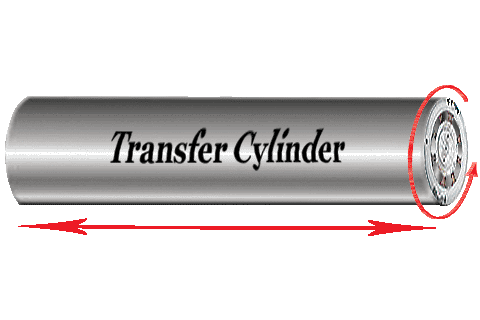
2
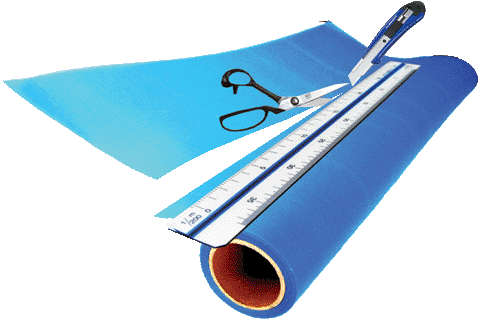
3
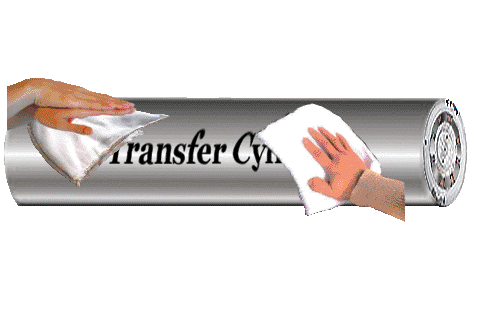
4
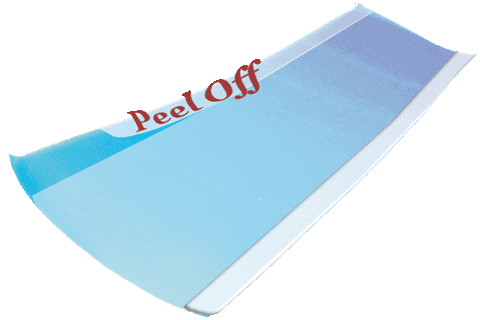
5
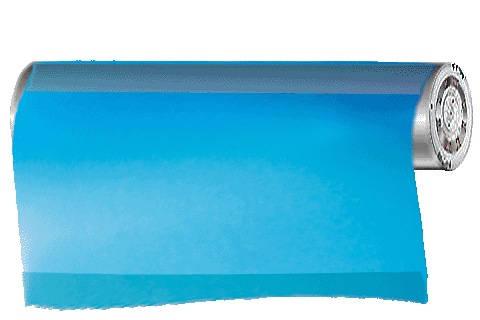
6
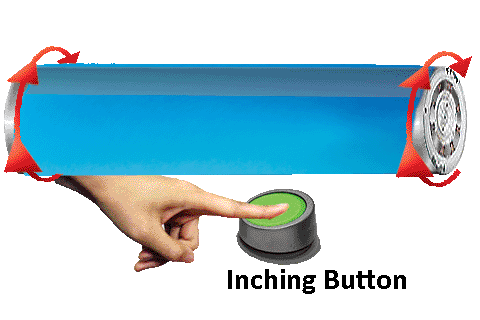
- Define the film size.
- Cut the film.
- Clean the cylinder.
- For adhesive type, cut a slit in both ends of the release film; for non-adhesive type, apply double-sided tape to both ends.
Peel off the release film on one side or peel off the double-sided tape on one side. - Affix it to the cylinder.
- Rotate the cylinder while pressing the inching button on the press.
Peel off the release film on the opposite side of the film, or peel off the double-sided tape on the opposite side and affix it to the cylinder.

